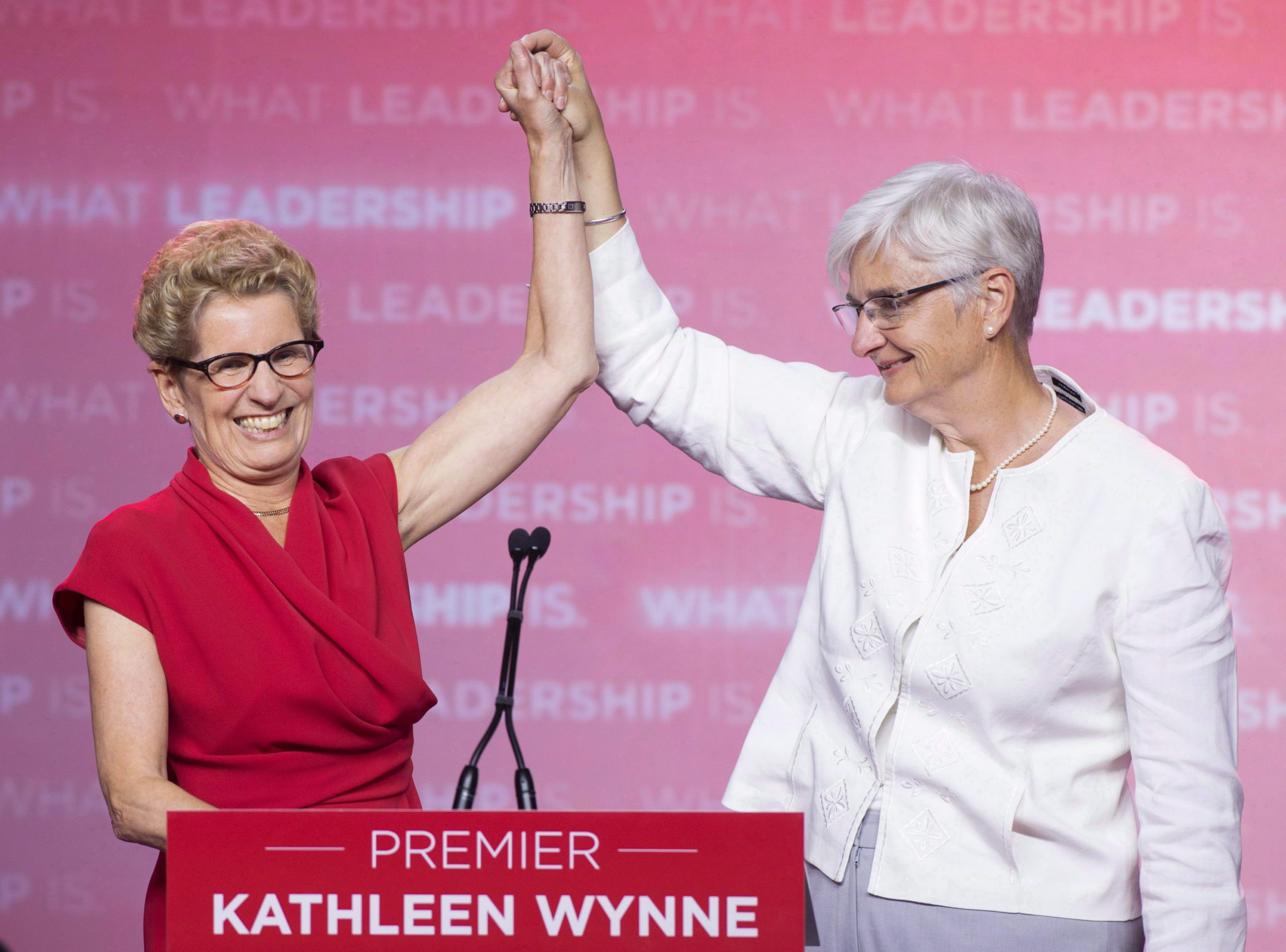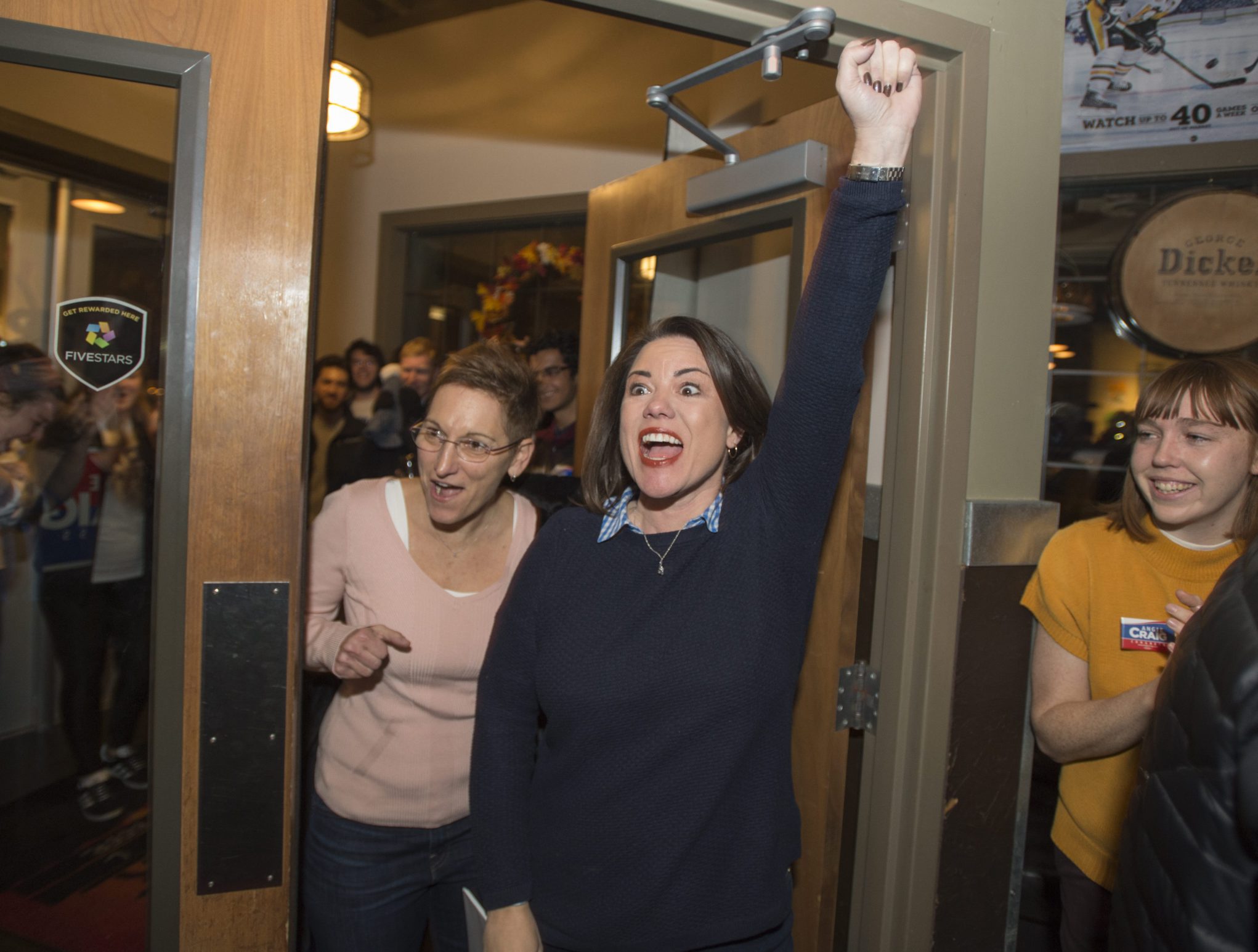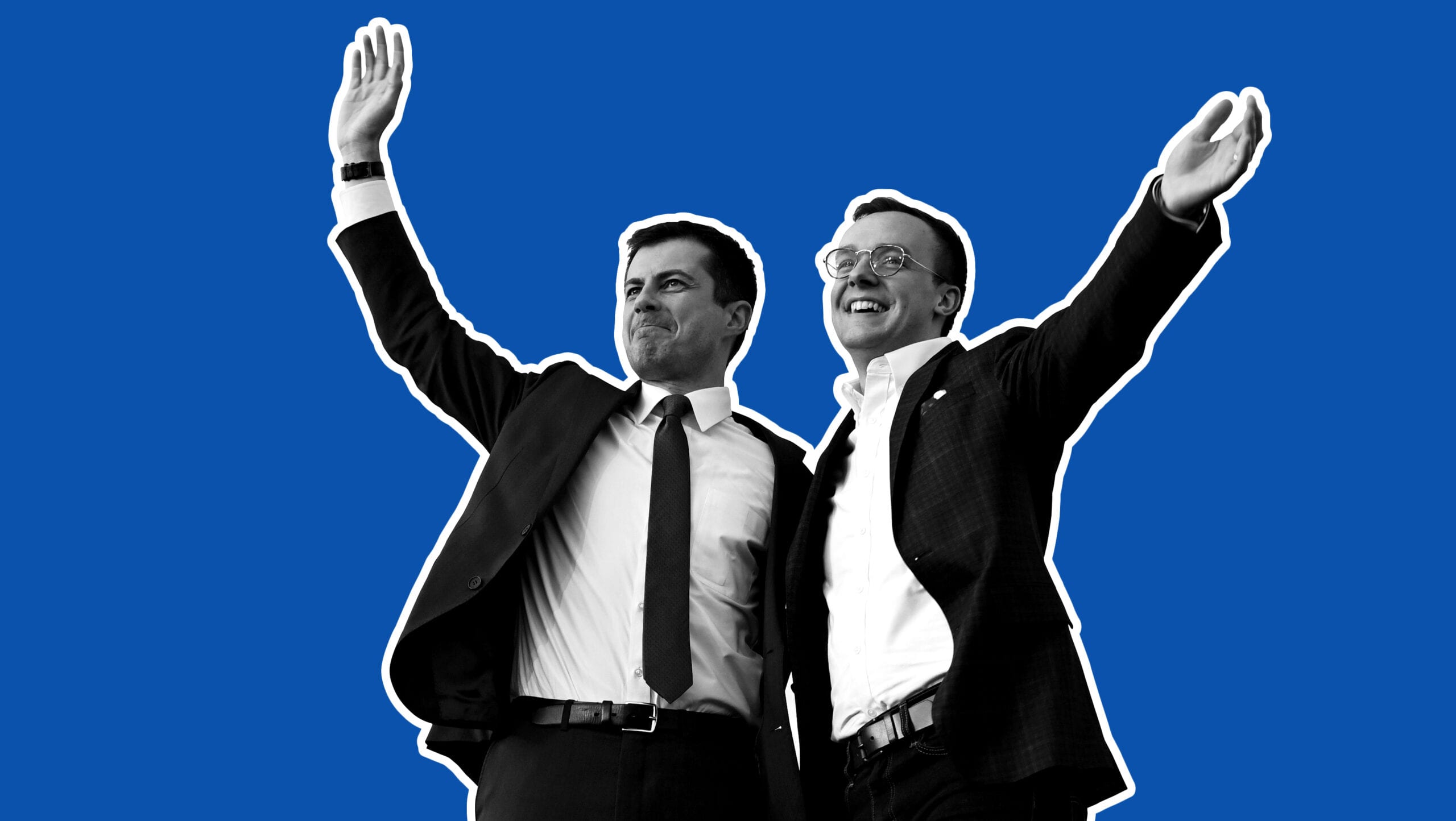With Bernie Sanders suspending his presidential campaign, former Vice President Joe Biden has all but locked up the U.S. Democratic primaries.
But even before Sanders bowed out of the race, the competition to face President Donald Trump in the general election was sputtering—and no, not just because COVID-19 turned the world on its head.
What started as a fierce pantheon with record-breaking diversity became a yawn-inducing tug of war between the typical players: two straight, white men in their late 70s.
This especially hurts queer voters who, for the first time ever, saw an openly gay candidate earn a spot as a real presidential contender. “By every conventional wisdom, by every historical measure, we were never supposed to get anywhere at all,” Pete Buttigieg told a crowd of supporters last month before bowing out of the race.
I’d been drawn to Buttigieg’s campaign from the moment the former South Bend, Indiana mayor announced his candidacy. As a speechwriter for Canada’s most influential openly gay politician, former Ontario Premier Kathleen Wynne, I recognized how Mayor Pete (as he is colloquially known) was moving the benchmark of American LGBTQ2 electoral viability as Wynne did north of the border.
Yet as easy as it would be to join the ranks of those eulogizing Buttigieg’s historic candidacy, there’s another figure to honour, one just as important to the former mayor’s meteoric rise: His husband, Chasten.
It’s not hard to overlook political spouses. Typically, they’re seen but not heard, used as a frame of domesticity and fidelity to hold up the image of a candidate worth committing to because, look, someone else had.
But Chasten was no mere decoration. In fact, it was he who introduced Buttigieg on that final night of the campaign. “It has been an honour and a privilege to share my husband with the rest of this country,” the 30-year-old teacher, who started using Buttigieg’s last name during the campaign, told the crowd. And share he did. Through candid photos, authentic interviews and pop culture-savvy posts, Chasten offered more than the traditional peek behind the domestic curtain. Rather, he swung the doors to their life wide open and invited us in—which we gladly accepted.
Throughout Buttigieg’s campaign, Chasten’s social media presence boomed, dwarfing the following of other candidates’ spouses (he has more than four times the number of Twitter followers as former Second Lady Jill Biden, the wife of the aforementioned frontrunner). He became a captivating surrogate for his husband, speaking at fundraisers and rallies with gal pal actress Mandy Moore. And, perhaps most importantly, he addressed the trials of being queer in a way his husband had been criticized for not doing.
That is, in part, because of their differing personal histories. Buttigieg came out in his 30s, having already served in the military and been elected as mayor in Indiana. Though a life in the closet comes with its own traumas, Chasten’s queer arc is more familiar to many LGBTQ2 folks: He came out in high school, faced homophobic bullying and tensions within his family (his brother, a Christian pastor, didn’t attend their wedding). As such, Chasten did what Buttigieg couldn’t: He injected queerness into their campaign.
It’s a familiar dynamic to me. Like Buttigieg, Wynne came out well into her 30s. Before that, she had a husband and children and benefitted from the privileges of a straight, white, cis family dynamic. When we’d develop remarks for events celebrating her queerness, she’d prefer to give credit where it was due—usually to her partner, Jane Rounthwaite. Rounthwaite, like Chasten, has been out for longer, and was involved in early movements for LGBTQ2 rights and acceptance in the province.

Former Ontario premier Kathleen Wynne celebrates with partner Jane Rounthwaite after winning the provincial election in Toronto on June 12, 2014. Credit: The Canadian Press/Frank Gunn
“Generally, political spouses can live very much in the shadows of the elected official,” Wynne told me recently as we reflected on these speeches during her time as premier. “But when you add on top of that a same-sex relationship, that changes things.”
That’s not to say it wasn’t a challenging line to walk. Putting queer spouses front and centre can be a powerful symbol of acceptance in an era of changing times, but it can also attract undue attention that distracts from the campaign’s core messages. While making stops in Iowa ahead of the first primary, Buttigieg and Chasten were followed across the state by anti-gay hecklers. The slurs, then, become the story.
“There were more questions about whether Jane should be in the shot or not in the shot and where Jane was going to be or not be then there would have been if I was with a man,” Wynne says.
“For some, standing hand-in-hand becomes a statement about rejecting tradition or gender roles. For many others, it says: Love wins, times change, leaders can look like anyone”
Similarly, when Buttigieg announced his candidacy in 2019, Chasten joined him on stage for a kiss on the cheek. What would have been an innocuous moment for a straight couple had the pair deliberating beforehand: Should they embrace? Kiss on the lips? It was “the level of intimacy we were comfortable with in that moment,” Chasten told the Washington Post at the time.
These kinds of calculations weigh on all queer couples. Most of us have felt a pang of insecurity or doubt when holding hands with a partner at night or sharing a kiss at the mall.
But when public displays of affection can tip the scales in a competitive race, it places a bigger burden on queer political spouses. For nearly half of their 30-year romance, Jóhanna Sigurðardóttir, former prime minister of Iceland, and her now-wife kept their relationship secret to protect her political career. (They’ve acknowledged in hindsight it wasn’t healthy.) Ontario’s first openly gay MPP, George Smitherman, has also spoken about the difficulties of public life and his husband’s existing mental health struggles, which factored into his death by suicide.

U.S. Representative Angie Craig celebrates her win in the 2018 mid-term general election with her wife, Cheryl Greene. Credit: EPA/Craig Lassig
Still, for some, there are opportunities to use the higher profile as a political tool. Ireland’s gay Prime Minister Leo Varadkar brought his husband on a visit to the home of U.S. Vice President Mike Pence—a political act, as Pence is known to hold anti-LGBTQ2 views. U.S. Congresswoman Angie Craig and her wife were the face of a landmark custody case that helped establish same-sex couples’ right to adopt in Tennessee.
But stepping boldly into the fire is not always an easy choice to make. “Jane didn’t come to China with me [on a government trade mission] because we just knew that it was going to cause trouble and so we just didn’t even try,” Wynne says, noting that the country doesn’t recognize the rights of same-sex couples or parents. “You get that extra layer of scrutiny.”
The magnitude of these choices are especially apparent when considering how queer political spouses aren’t political figures themselves; they never put their name on a ballot, and may in fact long for a quieter, more private life. Yet because of who they’re with, they are important public figures.
This, again, is true in some ways for all political spouses, but when you’re in a queer relationship that role morphs into something else. It’s impossible to be “seen and not heard” when being seen as queer speaks volumes. For some, standing hand-in-hand becomes a statement about rejecting tradition, gender roles, religion and so on. But for many others, it’s another kind of statement: Love wins, times change, leaders can look like anyone.
“Pete got me to believe in myself again, and I told him to run because I knew there were other kids sitting out there in this country who needed to believe in themselves, too,” Chasten noted just before he welcomed Buttigieg to the stage during his campaign suspension. I hope he realizes that he—and every other queer political spouse—is as much a part of that legacy as his husband.
This time, when they embraced on stage, they kissed on the lips.


 Why you can trust Xtra
Why you can trust Xtra


